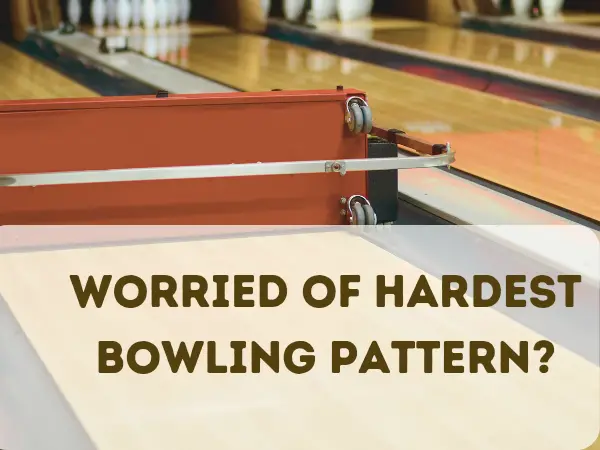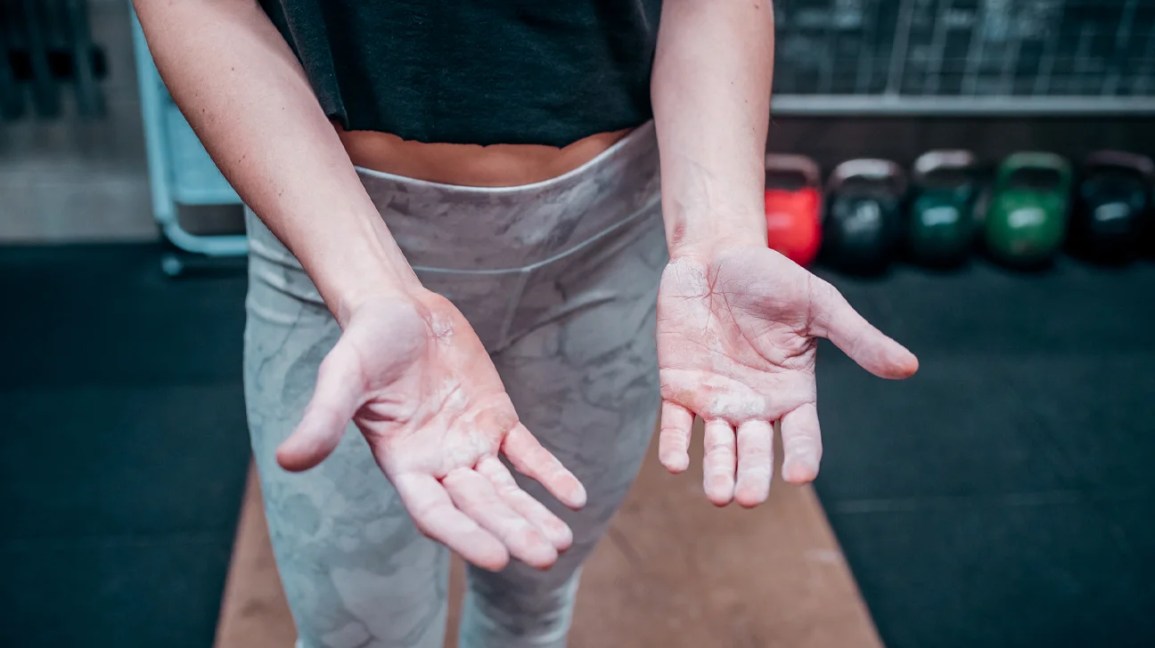
Some bowling oil patterns are ridiculously harder than others. Pro bowlers consider them fun and challenging while amateurs think they are impossible to bowl on. Although most professional bowlers will say that U.S. Open patterns are the Hardest, others say any Kegel Sports patterns are the hardest to get a decent score on. Have you encountered a hard pattern yourself? What was it? Since we are on this topic, let’s dive into the details, shall we?
What Makes a Bowling pattern hard?
So what are the features that make a bowling lane hard? As many of you know, bowling patterns have levels of difficulty and they don’t play the same. You will see that some bowling lane has more room for error while others don’t. Some lanes will let you get away with a botched shot, and some will show you the consequences of not navigating the pattern right. Anything that makes you pay extra attention while bowling is probably on a pretty hard level.
Most hard bowling balls are the ones that fall under the ‘Sports’ category. Hard patterns tend to be very flat. The flatter an oil pattern, the harder it is to get a decent score on that pattern. Besides being flat, you should also keep an eye on how the oil is distributed. If the center is heavier than the outer part of the lane, then you do have some dry area to start with. When the oil is distributed evenly from gutter to gutter, this is when things get complicated as you may mess up your shot right after throwing it at the front lane.
What makes things even more complicated when the pattern is short on top of being flat? Even professional bowlers find it hard to survive on these challenging patterns. Another common trait of the hard bowling oil pattern is that you’re gonna break a sweat controlling your ball’s movement down the lane. Due to a higher volume of oil, your bowling ball turns on battle mode to get through the lane.
What are some of the hardest bowling oil patterns?
Now, let’s talk about something more interesting. So the other day, I visited the Kegel Training Center, and I asked around a few professional and experienced bowlers about the bowling oil patterns they fear the most. Let me tell you what they said.
The pro bowler and coach from Motiv said he thinks the oil US Open Patterns are the hardest of them all. The ebonite coach said he is afraid of patterns that are 40 feet or shorter with flat oil. Similar to US Open Patterns. In summary, most of them said that US Open Patterns are super hard to get a decent score.
Despite having years of experience, pro bowlers found 1:1 flat patterns extremely hard, especially, since they are short. I have observed some of their bowling practice session on a US Open Pattern and they were doing anything to hit the headpin right. It was just not ‘it’.
The Hammer coach said something interesting. He said the 2005 US Open was the hardest. He wonders how amazingly Chris Barnes won that. He thinks it was brutal, but at the same time, he had fun bowling on that.
I remember bowling in a tournament ad they put down something short on the right lane and long on the left. It was supposed to play like a 46 feet pattern. But it ended up acting like a 55 feet beast. Sadly, my ball just never hooked. No matter what I tried, I just couldn’t get it to hook.
The USBC Masters oil patterns also have a reputation for being very low-scoring. Many professional bowlers couldn’t just figure out how to get the score higher. If you can get your score over 200 on a super-hard bowling pattern, that is just brilliant and remarkable.
How to bowl on a hard bowling Pattern?
As I have just said, the US Open Pattern is widely considered the hardest of all oil patterns to expertise in bowling. Besides being long, these patterns are also super flat. The US Open tournaments are extremely difficult because the bowlers are informed about the pattern they will be bowling on just 30 minutes before their tournament starts.
Bowling on the US Open Patterns requires precision. The room for error is zero to nothing. You have to calculate how you can hit the targeted pocket within a 2” width margin for your desired strikes. As the oil is evenly distributed on the lane, you won’t be able to hook your ball if you end up missing the two-inch margin.
So clearly, you have to refine your skills in target-making and delivering the ball with accuracy. Your local bowling alleys probably won’t lay down this pattern for practice as average bowlers can’t seem to play on it due to its difficulty. Hence, the only place you can find this pattern is the US Open.
Professional bowlers play the US Open patterns carefully. They rotate their hands when they release their bowling balls. And how can you do that? Try to flick your fingers up during ball release as this is what causes the rotation. Note that, this technique is not enough to get your ball hooking significantly.
So what kind of bowling ball is the best for such a hard pattern? Be very happy to know that there is actually no “best bowling ball” for this pattern. Phew! The pros know the basics. It is flat. And, the length of the pattern. So they know where to begin. All they do is simply get their favorite ball out of their arsenal based on the ball’s strength and apply their own techniques.
Conclusion
There you go, my friends! That’s all for today on the hardest bowling patterns. I have answered some of the most common questions I get from intermediate and new bowlers. Do you want to know more about hard bowling patterns? Any specific patterns you are interested in? Feel free to let me know and I will write about it next. Till then, good luck and see you soon!

Passionate Bowler and Bowling Enthusiast
Jess Pinelli is a dedicated bowling enthusiast with a deep love for the sport that spans over 6 years. With numerous strikes, spares, and a few gutter balls under hes belt, he has honed his skills on lanes across the country. Pinelli’s journey in the world of bowling has been a remarkable one, from casual weekend games with friends to competitive league play and even a few local tournaments.
Driven by her passion for the game, Pinelli decided to channel her expertise and knowledge into the digital realm, becoming a prolific author on this bowling website. She’s your go-to source for everything bowling-related, from mastering the perfect hook to choosing the right bowling ball and even navigating the world of bowling etiquette.
When she’s not busy writing informative articles or reviewing the latest bowling gear, you’ll likely find Pinellis at her favorite local bowling alley, helping newcomers improve their game or enjoying some friendly competition with fellow bowlers. She firmly believes that bowling is not just a game but a community, and she’s committed to fostering that sense of camaraderie both online and offline.



